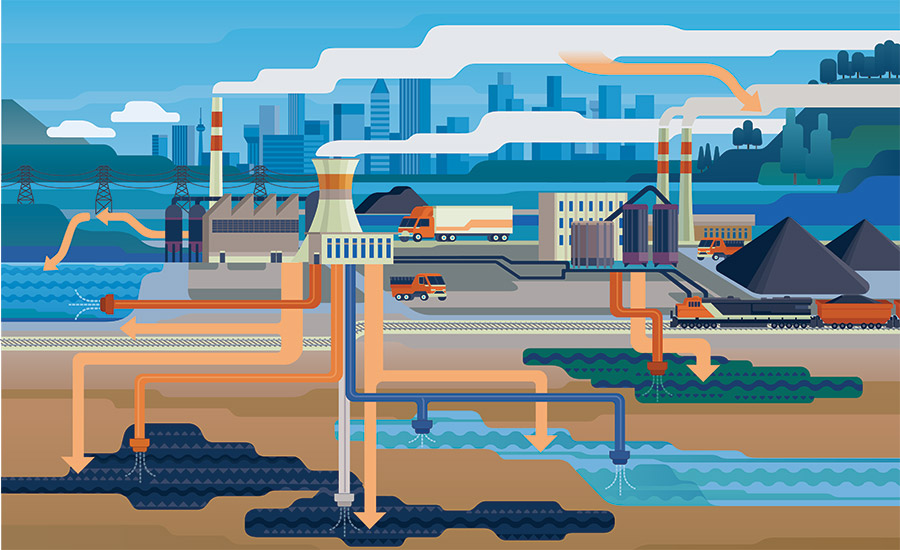
Image Source: Google
Carbon capture and storage (CCS) technologies have gained significant attention in recent years as a potential solution to help reduce greenhouse gas emissions and combat climate change. The concept of capturing carbon dioxide (CO2) emissions from industrial processes before they are released into the atmosphere and storing them underground has been widely discussed as a promising way to mitigate the impact of human activities on the environment. By focusing on capturing CO2 at its source, these innovative technologies aim to prevent greenhouse gases from contributing to global warming, ultimately helping to save the planet one molecule at a time.
One of the key benefits of carbon capture innovations is their ability to target emissions from a variety of sources, including power plants, cement factories, and other industrial facilities. By capturing CO2 before it escapes into the air, these technologies can effectively reduce the amount of greenhouse gases entering the atmosphere, thereby helping to slow down the pace of climate change. Additionally, carbon capture technologies have the potential to play a crucial role in the transition to a more sustainable energy system by allowing for the continued use of fossil fuels while minimizing their environmental impact.
Researchers and scientists are continuously working on developing new and improved carbon capture technologies to make the process more efficient and cost-effective. One approach that has gained traction in recent years is direct air capture, which involves capturing CO2 directly from the ambient air using specialized chemical processes. This method allows for the removal of carbon dioxide from the atmosphere, regardless of its source, making it a versatile and scalable solution for reducing greenhouse gas emissions.
Another promising innovation in the field of carbon capture is the development of carbon capture and utilization (CCU) technologies, which not only capture CO2 emissions but also convert them into useful products. By transforming CO2 into valuable materials such as building materials, fuels, and chemicals, these technologies offer a dual benefit of reducing greenhouse gas emissions and creating economic opportunities. This innovative approach to carbon capture has the potential to turn a problem into a solution, helping to address climate change while also promoting sustainable development.
While carbon capture technologies hold great promise for helping to save the planet, there are still challenges that need to be addressed to fully realize their potential. One of the main obstacles is the cost associated with implementing these technologies on a large scale, as the current infrastructure required for carbon capture and storage can be expensive to build and operate. However, as technology advances and economies of scale are achieved, the cost of carbon capture is expected to decrease, making it a more feasible option for reducing greenhouse gas emissions.
Policy support and incentives are also crucial for accelerating the deployment of carbon capture technologies and encouraging investment in research and development. Governments around the world are starting to recognize the importance of carbon capture as a tool for mitigating climate change, with many countries implementing carbon pricing mechanisms and funding programs to support the development of these innovative solutions. By creating a conducive policy environment and providing financial support, policymakers can help drive innovation in the field of carbon capture and storage, paving the way for a more sustainable future.
As the global community continues to grapple with the impacts of climate change, carbon capture technologies offer a promising pathway towards reducing greenhouse gas emissions and protecting the planet for future generations. By focusing on capturing CO2 at its source and exploring new approaches such as direct air capture and carbon capture and utilization, researchers and scientists are working to develop innovative solutions that can help address one of the greatest challenges of our time.